人教版新目标初中英语七年级下册Don’t eat in class教案2篇
-
- 页数:21页
- 字数:约 23554 字
- 大小:111.50KB
- 格式:.doc
- 版本:Office2016及以上版本
- 作者:Vincent演示
Don’t eat in class教案2篇
教材分析:
中心话题:rules。
语言目标:谈论并制定某些规章制度
语言结构:祈使句、情态动词can表示许可的用法和情态动词have to 及其各种句式的变化。
SectionA提供了本单元教学的基本词汇和语言结构。

SectionB是让学生在掌握了Section A的基础知识后进行拓展和延伸。
•SectionA介绍学校生活
Words:rule, arrive, classroom, dining hall, hallway, outside, fight, uniform, sportsshoes, gym, have to
Sentences:Don’t eat in class.Can we listen to music in class? No, we can’t. But we canlisten to it outside. Do you have to wear a uniform in school? Yes, we do.
Wehave to wear sports shoes for gym classes.
•SectionB 由学校生活过渡到家庭生活,制定家规、了解标识,并引导学生展开思维与想象,进行与现实生活相联系的再创作。
•Selfcheck自我检测和评估,巩固本单元的学习任务
重点与难点分析:
•祈使句
•情态动词can表示许可的用法;
•情态动词have to
•各种可以用在表述规章制度的动词和句型
教学目标
1.能力目标
通过本单元的学习,学生能熟练使用目标语言用口头或书面描述规则,能用英文表达一些标志的含义,能谈论对某些规章制度的看法。
2 认知目标
.词汇: rules, arrive late for class, go out , practice,
inclass, classroom, halllways, outside, uniform, fight, etc.
熟练运用祈使句的否定与肯定形式。
熟练运用can表许可的一般疑问句及回答。
熟练运用have to 表达必须遵守的规则。
3情感目标
v学习规章制度,规范自己行为。
v学会与他人讨论规章制度,发表自己的认识,提出改进措施,以便自己和他人能更好地遵守。
v通过小组对话,讨论,调查和设计等一系列的课堂活动,培养学生寻求帮助,乐于与他人合作的精神。
4学习策略
v交际策略:树立正确的纪律观念,养成良好的遵守纪律的习惯,学会在人际交往等方面树立良好的行为礼貌意识。
v资源策略:学会利用一切可利用的学习资源,如词典,音像资料,
v认知策略:积极思考,及时反馈。
v调控策略:在反思,顿悟和自醒中,不断调整自己的学习策略。
5跨学科学习
•人际交往
•逻辑推论
•哲理思考
教学策略
任务型教学策略:新课程倡导“任务型”的教学途径,培养学生综合语言运用能力,并以“能做某事”作为评价标准。在设计“任务型”活动时,应该结合学生实际,力求设计出真实、切实可行的活动。
开放性教学策略:开放性地处理教材,结合教材插入学生感兴趣的图片、电影片段等,丰富学生知识,拓宽他们视野,实现知识的整合
四课时,具体安排如下:
Period1 :Section A 1a,1b,1c,2a,2b, 2c
Period2: Section A3a,3b,4,Section B:3b
Period3: Section B 1,2a,2b,2c,3a, 3c, 4
Period4: Self check
Period One
SubTopic:Talk about the school rules
Languagefocus: Imperatives ,Can for permission
Vocabulary:rule, arrive, classroom, dining hall,hallway, outside, fight
LanguageStructure:Don’t eat in class. Can we listen to musicin the classrooms or in the hallways? Yes, we can. No, we can’t.
Tasks:Listing, discussion & Making a survey
Teachingsteps:
Step1.Pre-task
Tellthe students that we will learn rules today by showing the picture ofrules.(Teacher can decide how to present the topic according to the actualsituation, for example, you can tell the students that you are unhappy becausesome of the students are not ready for class. Then present the topic :rules,tell the students everyone must keep the rules, etc.)
Showpictures and ask the students about some rules, then present the sentencestructure: Don’t ------ . You can do it as the following:
A:Can we arrive late for class?
B:No, we can’t.
A:so, don’t arrive late for class.
A:Can you fight?
B:No, We can’t. We can’t fight.
A:So, don’t fight.
Showother pictures and go on talking about the rules like the following:
Wecan’t eat in the classrooms.Don’t eat in the classrooms.
Wecan eat outside We can eat in the dining hall.
(meanwhile,teach the new words :outside and dining hall.)
Wecan’t talk in class.Don’t talk in class.We can talk after class.
Showa picture of the hallway, teach in the hallways and say:
Don’trun in the hallways.
Goon showing other pictures which may not from the unit but very useful.
We can’t draw on the wall.
Don’t draw on the wall.
Wecan’t spit(吐痰) here.
Don’t spit here.
Step2 while- task
Task1 Listing competition
T:There are many school rules in our school. Let’s list what we can’t do and takesome notes as quickly as you can.Then report them.
School rules
What we can’t do
What are our school rules?
We can’t ------.
Thenask the students change the sentences into imperative as the models.
Presentand check the rules by showing the board
School rules
1. Don’t arrive/be late for class.
2. Don’t run in the hallways.
3. Don’t eat in the classroom.
4. Don’t listen to music in the classrooms or the hallways.
5. Don’t fight.
Task2Match the pictures with the rules
Show pictures and let the students match in order to consolidatethe new words and sentence structure.
( ) Don’tarrive late for school.
( ) Don’teat in class.
( ) Don’ttalk in class.
( ) Don’trun in the hallway.
( ) Don’tfight.
( ) Don’tdraw on the wall.
( ) Don’tspit here.
Showa picture from Section A. Ask the students the following questions and let themtry to answer:
Arethey good students?
Whatrules are they breaking ?
Task3Listen.What rules are these students breaking? Write the number after the names.
FinishSection A 1b.
Task4 Listen
FinishSection A 2a and 2b.
Task5 Report
Findout what Alex and Christina can do and what they cannot do.
ByTask 5, we can make the students listen and note the content very carefully .
School rules
What they can’t do
What they can do
listen to music in the classrooms or hallways.
listen to it in the music room
eat in the classrooms
eat in the dining hall
wear hats in class
fight with anyone
Step 3
Task6Add more school rules.
According to the above steps, let the add more school rules sothat they can express the rules as they like.
Don’tlisten to music in the classroom or hallways .
Listento music in the music room.
Don’teat in the classrooms.
Eatin the dining hall.
Don’twear hats in class.
Don’tfight with anyone.
Thentell the students the following phrases.
schoolrules
keep the rules 遵守规则
break the rules违反规则
Homework
•Ask students to find out some signs around them and try to drawthem out.
Period Two
Sub Topic: Talk about the school rules
Language focus: Do we have to ---? No talking, no wet umbrellas
Structure: We have to clean the classroom every day.
Dowe have to wear a uniform?
Youdon’t have to ---.
Tasks:•Listing•Making a survey
Teachingsteps:
Step1.warmingup
Watcha segment of “逃学威龙” and see what rules they are breaking ?(他们违反了哪些规章制度)let the students answer :
Don’tplay balls in class. Don’t smoke. (吸烟)。Don’t drink. Don’t wear hats. Don’t run.
Don’tsleep. Don’t fight…
Step2 Discuss
1.What do you think of the students in the movie?
2.Canyou keep(遵守) the rules?
3.How can you be a good student?
Step3 Present
Askthe students what they can or can’t do as a good student.
Showa model girl to the students and ask:
Canwe have a gym class like the girl?
Dowe have to wear sports shoes in gym classes? Yes, we do.
Wehave to wear sports shoes for gym class.
(Teachsports shoes)
Step 3 Practice
Makethe students practice the following sentence structure by showing the schoolrules.
Dowe / you have to …? Yes, I do./No, I don’t.
School rules
1. Clean the classroom every day.
2. Get to school before 7:20.
3. Wear sports shoes for gym class.
4. Keep quiet in class.
Step4.While –task
Task1.groupwork
1.askand tick the things they have to do at school first, then make a report.
Finish homework on time()
Help each other()
Clean the classroom()
Wear a uniform every day()
Keepall school rules ()
Study hard ()
Be polite()
……
2.Make a report : At school, my friends have to …
Task2.ShowSs a picture of the school library.Let them talk about it.
S1: Can we …? S 2: Yes, we can. / No, we can’t.
Task3Group work
Askstudents to show the signs they found before class and explain their meanings.
Say: there are some signs in English in ourdaily life. What other places do you think need English signs and rules oncampus? Let’s work out together.
Ask them to work in groups of four and makerules for the library. Choose the best group. Ask them to write out.
Model:Rules in the library
Isthere a library in the school? Do you know the rules in the library? There is alibrary in our school. Let me tell you its rules.
You can study and do your homework there, butremember to be quiet. There are many kinds of books and magazines in thelibrary. You can read them there, or you can borrow them home. But please keepthem clean and don’t make them dirty. You can use the computers in the libraryto look for information, but you can’t play games there.
Whatabout the rules in your library? Can you write them down?
Task4.Readthe signs and explain their meanings.
Doyou know the rules for the school library?
Showthe pictures of the rules for the school library.
Task5 Make the library rules , then exchange their ideas.
LibraryRules:
Don’twrite on books, magazines, desks, or walls.
Don’teat or drink in the library.
Don’trun or fight inside.
Don’tlisten to music inside.
Don’tuse the call phone inside.
•Nofood!
•Nowet umbrellas!
•Nolistening to music!
•Notalking!
•Noschool bags!
Task6.Groupwork Discuss about the rules for the public places and make the rules.
Showeach picture for the lab, the computer room , the dining room and the swimmingpool ,make the rules for the public places .(each group can choose one publicplace )
Task7do you know these signs.
Showmore signs and make the students discuss and express .
Homework:
•Tosum up some rules of the public places
•Tofind out some signs around us and try to draw them out.
PeriodThree
SubTopic: Talk about the house rules
Languagefocus: I have to ---He /she has to ---
Vocabulary:Practice, go out on school nights,
LanguageStructure: I have to practice my guitar every day. I have to be in bed by teno’clock.
Tasks:•Listing •Comparing•Sharing
Teachingsteps:
Step1.pairwork
Makethe students ask and answer the following questions:
Doyou have to get up at 6:00?
Canyou watch TV on weekdays?
Doyou have to wash your clothes?
Canyou go out on school nights?
Doyou have to clean your bedroom?
Doyou have to be home at 5:00?
Canyou play computer games?
Step2.Pre-taskand while-task
Tellthe students what they can do to be a good child at home.
Talkwith Ss about the house rules on weekdays and weekends.
Modle:
•Amy:Hello, Ian.
•Ian:Hi, Amy. What are your rules?
•Amy:Well, I can’t watch TV in the evening. And I can’t go out on school nights.Then I have to do my homework every night. What about you?
•Ian:I can’t play football at noon. I have to have a good rest at noon. And I can’twatch TV in the evening and I have to do my homework every night. Then I haveto practise guitar every day.
Task1Make the students ask and answer about their house rules.
Task2 Interview: Go around the classroom and interview four of your friends thefollowing questions.
Item
Name
What you can’t do?
What you have to do?
Houserules
Task3 The signs for rules Show the pictures from Section B 1.
Whatdo these signs mean?
whatcan’t he do ? And what does he have to do ?He has to ---.
FinishSection B 1
RulesEmily Dave
_______Don’t watch TV after school_______
__a____Don’t go out on school nights_______
_______Doyour homework after school._______
_______Practiceyour guitar every day._______
Task4 .Talk about their family rules (listen and note)
Therules for Dave and Emily
Name
What they can do
What they can’t do
What they have to do
Emily
Go out on school nights
Hang out with my friends after school
Watch TV after school
Do homework
Clean her room every weekend
Dave
Go out
Watch TV after school
be home by 10 o’clock
Do homework
Practice the guitar
Clean his room every weekend
Emilycan’t ---. She has to do her home on school nights.
FinishSection B 2a and 2b.
Task5 Making some rules
Listenand Find the rules for Zhao Pei’s house.
ZhaoPei’s Rules
getup at 6 o’clock
can’tmeet her friends after school
hasto take her dog for a walk after school
can’twatch TV on school nights
hasto be in bed by ten o’clock
hasto clean her room and wash her clothes on weekends
hasto help her mom make dinner
hasto learn the piano
FinishSection B 3a
Task6.Writea letter to your parents to give them some advice.
Model1:
Dearparents,
Itisn’t fair. We have too many rules at home. We want freedom. Freedom! Freedom!Now, here are the rules for you:
1.Nosmoking in the living room.
2.
3.Kids
Model2
Dearparents,
Weknow you love us, though we sometimes have different opinions. You just want usto be good. But now we grow up and hope to do things in our way. We shouldrespect each other. Would you like to have a look at the suggestions?
1.Please don’t smoke in the house.
2.
3.Love,
kids
Step3.sing a song
Can we wear hats in school?
No, we can’t. No, we can’t.
Can we listen to music?
Yes, we can!
Can you watch TV after school?
Yes, I can. Yes, I can.
Can you go out on school nights?
No, I can’t.
What else do we have to do?
We have to eat in the dining hall.
Do we have to wear a uniform?
Yes, We do.
What else do you have to do?
I have to practice guitar every day.
Do you have to clean your room?
Yes, I do.
Homework:
Introduce your family rules.
Ask the students to write the suggestions to their parents or teachers. forexample, “No smoking , dad.”
Helpzhao Pei give some suggestions to her parents.
Period Four
Sub Topic: Talk about the rules
Language focus:have to, don’t, can/can’t
Vocabulary: All the words and expressions in the unit
Language Structure: Don’t ---.We can’t ---.We have to ---
Tasks: Listing •Imagination•Sharing
Teachingsteps:
Step1.warming up
Singand fill in the blanks
____ we wear hats in school?
No, we ____. No, we_____.
Can we listen to music?
Yes, we can!
Can you watch TV after school?
Yes, I can. Yes, I can.
Can you ___ ____on school nights?
No, I can’t.
What else do we ___ ____ do?
We___ ____eat in the ___ _____.
Do we have to wear a ____?
Yes, We do.
What else do you have to do?
I have to ____ guitar ___day.
Do you have to clean your room?
Yes, I do.
Step2 Revision
Task1.Recall the school rules.
1.Don,tarrive late for class.
2.Dontrun in the hallways.
3.Donteat in the classrooms.
4.Dontlisten to music in the classrooms or
the hallways.
5.Dontfight.
6.Donttalk in class.
7.Dontgo out in school nights.
8.Pleasewear a uniform at school every day.
9.Nospitting!(不要吐痰!)
10.No smoking!(不要吸烟!)
Task2 Make our school rules
Dearstudents:
Inorder that we can have a good environment (环境). We should have some rules in our school. Here is somesuggestion, we hope that all of us can have a look at them.
1.Don’tsleep in class.
2.Cleanthe classroom everyday.
----
Yours
Task3 .Show Ss some school rules, then let them practise “Do we / you have to …?”.
Schoolrules
1.Keep tidy and clean.
2.Get to school before 7:20.
3.Be polite.
4.Respect each other.
Task4 Fill in the blanks
Schoolrules
1.____arrive late for class/school.
2.Don’t eat _________.
3.______ fight.
4.______ the school uniform.(校服)
5._______ wear a hat in______.
6.______ run in the ___________.
7.______ __________ music in the classrooms/hallways.
Task5.Competition
Havea competition between boys and girls, let them ask and answer questions about differentrules.
Boy1: Do we have to wear uniforms at school?
Girl1: Yes, we do. Can we run in the classroom?
Boy2: No, we can’t. …
Aftercompetition, get them to choose one of the rules and make a report about it ingroups of four.
Task6 Discussion
Discussthe following questions:
1.Who made so many rules for you?
2.Why did they make them?
3.What do you think of them?
4.Can you make better rules that everybody likes?
Task7.Ask some students to read their report and ask the other students to give somemore advice.
Task8. List the rules of the Fraser family. And imagine you are a child in theFraser family. Write a letter to Dr Know about the rules in your house.
FAMILYRULES
Don’ttalk loudly on the phone.
Don’twatch TV in the evening;.
Don’teat in bed.
Don’tgo out on weekends.
Don’tsleep late on Sunday morning.
Practicethe guitar every night.
Task9 solve the actual situation
InJiaxing Grand Theatre, what do we have to do?
Step3 Cosolidation
一、根据汉语意思完成句子。
1.不要大声说话。
____________ loudly.
2.我每天不得不在6:30起床。
I_____ _____get___ ____6:30every day.
3.上班不要迟到。
_________ arrive ______ ______work。
4.他必须在11点钟以前睡觉。
He______ _____ to go to bed________11:00。
5.在我们学校能戴帽子吗?--不能。
_____we _____ hats _____school? --No,we ________.
6.你们必须每天读英语吗?—是的。
_____you_____ _____read English every day? —Yes, we_____.
二、翻译下列词组或句子。
1.上课时2.不得不
3.禁止谈话4.禁止吸烟
5.请不要在走廊上奔跑。
6.6.请不要在教室里吃东西。
Don’t eat in class教案
一. 教学目标
1.知识目标
1).让学生识记下列的单词和短语
rule, sneaker, in class,in the hallways, in the classrooms, have/has to do, for gym class, on schoolnights, Dr Know, take my dog for a walk, be in bed, by ten o’clock , wash myclothes, help my mom make dinner, no talking, turn off the lights, waste water,talk loudly.
2). 让学生掌握下面的句型
Can we eat in school?
We can eat in the cafeteria , but we can’t eatin the classroom.
Can students wear hats in school?Yes, theycan. / No, they can’t.
2. 能力目标
1).复习,巩固“祈使句”的用法。(肯定,否定形式)
2).学习“can” 表许可的用法。
3).掌握“have/ has to”的表达方式及提问和问答。
3. 情感目标
能用英语表达和制定某些规则。
二. 教学重难点
1.“can”表请求,许可的用法是本单元的重点。
2.情感动词“have to”有第三人称单数的变化形式“has to”,还有时态的变化,如:“Do you have to …?/ Doeshe have to…?”。
3.肯定祈使句是省略掉主语的原形动词开头; 否定祈使句则是在肯定祈使句前加上“don’t”。
4.注意“No + doing”的表达结构
三.课文重难点注释
Section A
(1a)in class 表示“在课堂上”; in the classroom 表示“在教室里”;
(2a)eat outside 表示“在外面吃”,其中“outside”是“在外面”;
(3a)have to 有三单形式 “has to”,表示“必须”; 还有时态的变化。
Section B
(3a)I never have anyfriends. 其中“never”表达否定语气,但表达形式为肯定。例如:He never goes fishing.
四. 教学建议
1. 课时及内容建议
建议划分为四到五个课时:
第一课时Section A (1a-1c)
第二课时 Section A (2a- 4)
第三课时Section B (1a- 4)
第四课时Section B (3a)
第五课时Section B (selfcheck-3b)
教学方法建议:
1). 教师可根据教学目的和学生情况对教材调整,组合甚至删除;
2).在教本单元内容前可复习一册第十单元情态动词“can”表请求,许可的用法,然后以旧带新,完成本单元“can”表可能的用法;
3).完成了本单元的教学任务后,教师可根据学生的交际能力,适当对表达“许可及禁止”的句型进行分类,归纳和总结。学生注意其中的不同之处,能相互转换。
教学设计建议
(T:teacher, S: student)
1) 第一课时 (1a~1c)
步骤1 :warming up andrevision
教师进教室后,使用祈使句请学生们完成一系列动作:
Please stand up/ sitdown.
Close the door ,please.
Look at me and listento me.
Don’t open your books.
Don’t talk.
Let’s begin ourclass.
学生听教师的指令完成各种动作,教师也可将指令写到黑板上,让学生从视觉上考察祈使句的特点。
步骤2 :presentation
T: Where are you ? Are you in the videoarcade?S: No, we’re in the classroom.
教师出示书上1a 的图片,向学生提问。
a. 指着图上奔跑的男孩提问
T:What’s the boy doing? S: He’s running.
T:Where is he running?S: He’s running in thehallways.(板书,教读)
T:Can you run in the hallways? S: No, Ican’t.
T: So please don’trun in the hallways.(板书,教读)
=You can’t run in the hallways.
您可能喜欢的文档
查看更多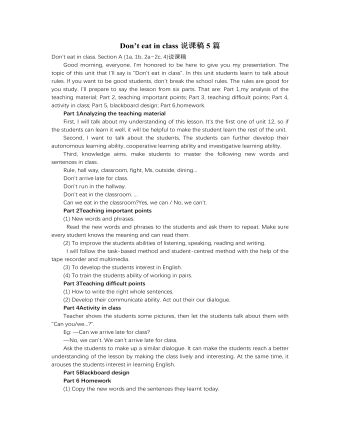
人教版新目标初中英语七年级下册Don’t eat in class说课稿5篇
- 页数:12页
- |大小:95.00KB
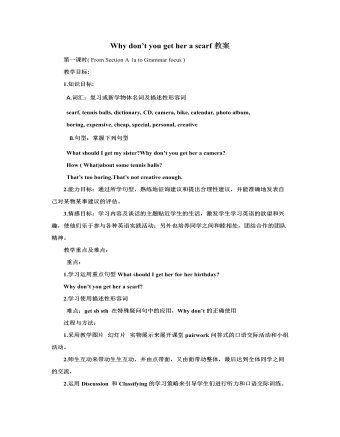
人教版新目标初中英语八年级下册Why don’t you get her a scarf教案
- 页数:13页
- |大小:86.00KB
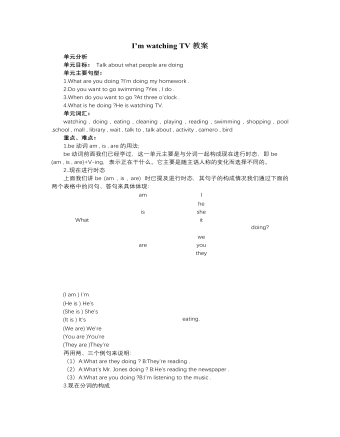
人教版新目标初中英语七年级下册I’m watching TV教案
- 页数:6页
- |大小:61.50KB
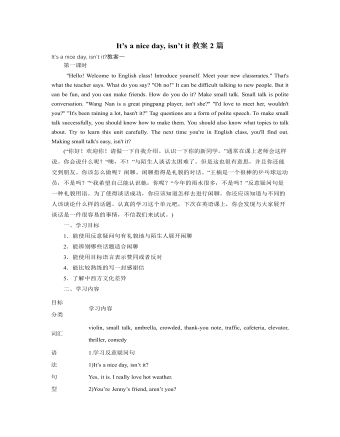
人教版新目标初中英语八年级下册It’s a nice day, isn’t it教案2篇
- 页数:16页
- |大小:97.50KB
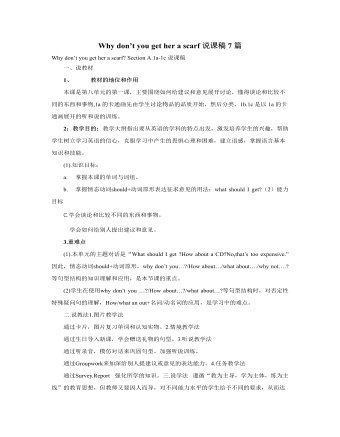
人教版新目标初中英语八年级下册Why don’t you get her a scarf说课稿7篇
- 页数:31页
- |大小:446.50KB
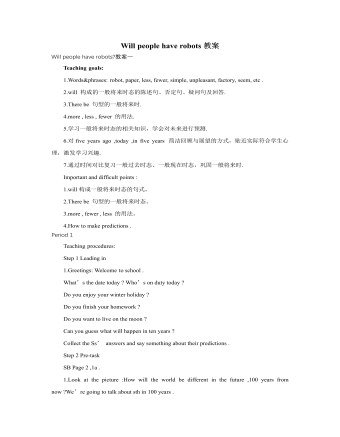
人教版新目标初中英语八年级下册Will people have robots教案
- 页数:26页
- |大小:231.50KB
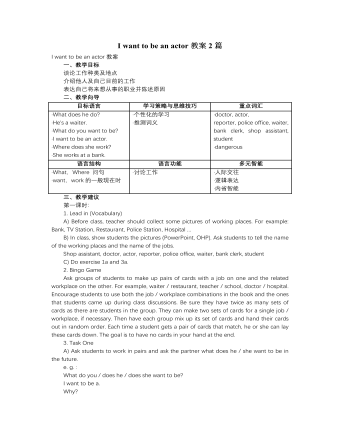
人教版新目标初中英语七年级下册I want to be an actor教案2篇
- 页数:10页
- |大小:106.00KB
热门课件教案
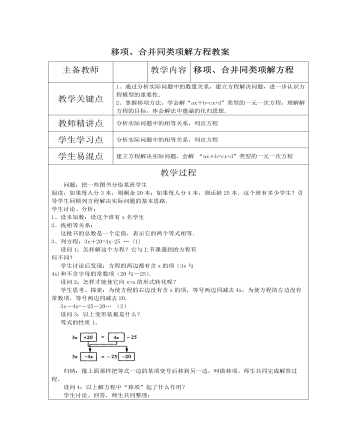
北师大初中七年级数学上册利用移项与合并同类项解一元一次方程教案2
- 页数:2页
- |大小:64.50KB
- 课件教案
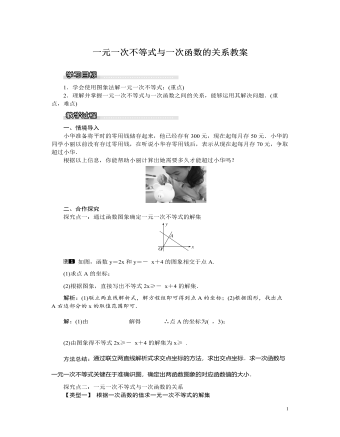
北师大初中八年级数学下册一元一次不等式与一次函数的关系教案
- 页数:2页
- |大小:1M
- 课件教案

人教A版高中数学必修一诱导公式教学设计(1)
- 页数:9页
- |大小:180.22KB
- 课件教案
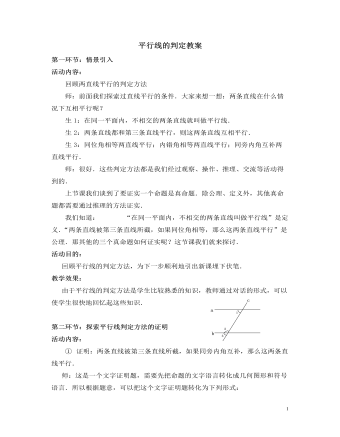
北师大初中数学八年级上册平行线的判定2教案
- 页数:5页
- |大小:1M
- 课件教案
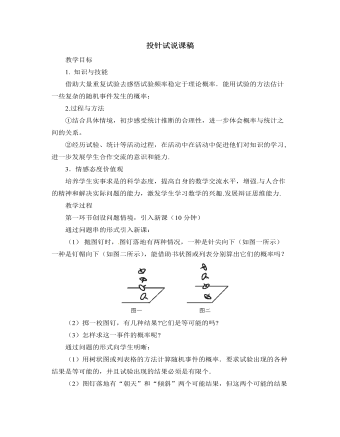
北师大版初中数学九年级上册投针试说课稿
- 页数:3页
- |大小:204.00KB
- 课件教案
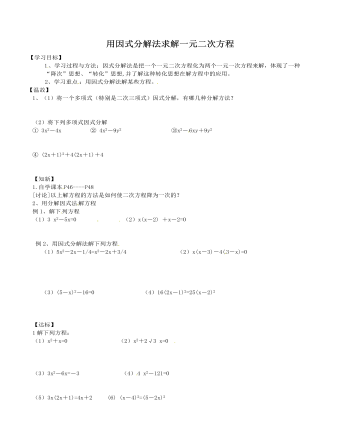
北师大初中数学九年级上册用因式分解法求解一元二次方程2教案
- 页数:2页
- |大小:325.00KB
- 课件教案
今日更新
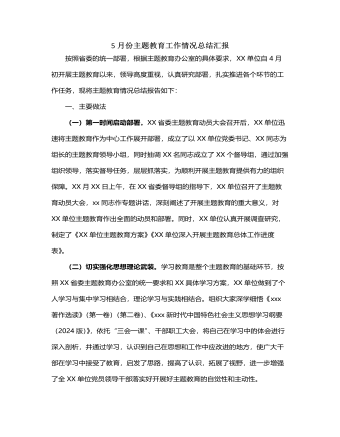
5月份主题教育工作情况总结汇报
- 页数:3页
- |大小:136.87KB

××县招商局2024年上半年工作总结
- 页数:12页
- |大小:142.54KB
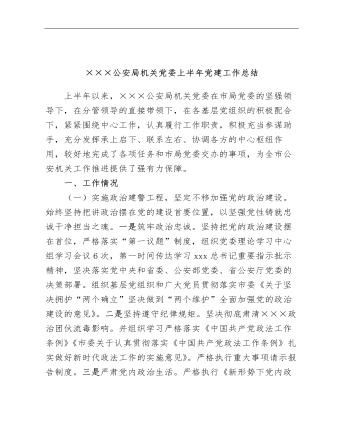
×××公安局机关党委上半年党建工作总结
- 页数:7页
- |大小:186.25KB

《2019—2024年全国党政领导班子建设规划纲要》实施情况的工作总结3800字
- 页数:6页
- |大小:29.16KB
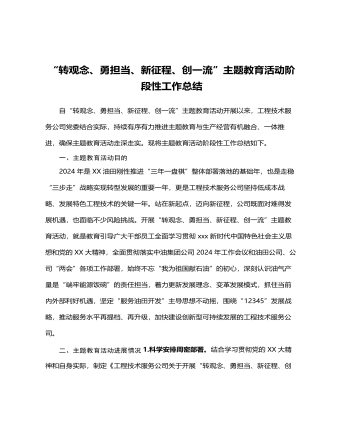
“转观念、勇担当、新征程、创一流”主题教育活动阶段性工作总结
- 页数:3页
- |大小:22.76KB

“四零”承诺服务创建工作总结
- 页数:5页
- |大小:39.83KB





